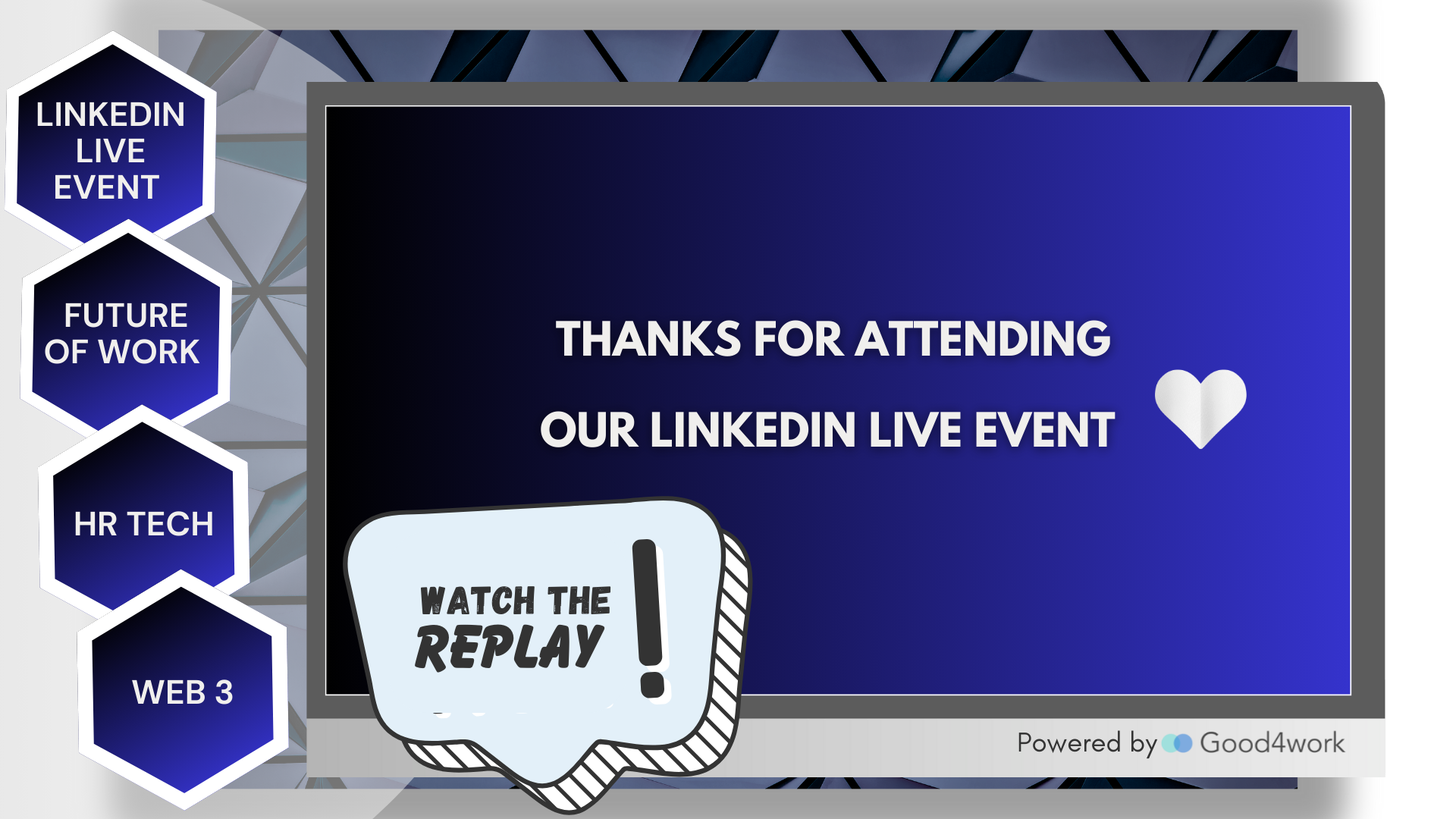Being reactive to the workforce skill gaps is a recipe for disaster for companies around the globe! The increasing adoption of AI, shifting economic conditions, and evolving job roles demand a forward-thinking approach to talent management. The priority? Identifying and closing critical skills gaps that directly impact business objectives.

Why Prioritizing Skills Gaps Matters
According to recent workforce trends, companies are facing unprecedented challenges in maintaining a skilled workforce. With 85 million jobs projected to go unfilled by 2030 and nearly one-quarter of all jobs expected to change in the next five years, organizations that fail to address skills gaps risk falling behind their competition.
Despite this, only 27% of CEOs list workforce concerns as a top priority, signaling a misalignment between leadership expectations and HR’s role in driving business success. This presents an opportunity for HR and business leaders to take a more strategic approach by ensuring the right competencies are in place to fuel growth and innovation.

A Strategic Approach to Closing Skills Gaps
To ensure your workforce remains a competitive advantage, companies must move beyond traditional workforce planning. Here’s how:
1. Evaluate Workforce Skills Against Business Objectives
- Identify the core competencies required to execute critical business strategies.
- Conduct a skills audit to assess where the workforce currently stands.
- Pinpoint high-impact gaps—those that could disrupt operations or hinder growth.
2. Prioritize the Most Critical Gaps First
- Not all skills gaps are created equal. Focus first on the competencies that have the highest impact on business outcomes.
- Align talent development initiatives with key business priorities, such as digital transformation, AI adoption, or customer experience improvements.
3. Implement a Future-Focused Talent Strategy
- Upskill and reskill employees in emerging areas rather than relying solely on external hiring.
- Integrate predictive workforce planning, anticipating skills needs based on industry trends.
- Support continuous learning by creating an adaptable training ecosystem.
4. Leverage AI and Data for Smarter Workforce Decisions
- Utilize AI-driven insights to identify skills trends and predict future needs.
- Implement technology solutions that provide real-time recognition of employee competencies to ensure workforce agility.
How Good4work.com Can Help
Addressing skills gaps effectively requires real-time, unbiased talent recognition—something traditional HR systems fail to provide. Good4work.com is redefining talent engagement with its Web3-powered skill recognition platform, ensuring that employees’ competencies are continuously captured and validated in the flow of work.
Rather than relying on outdated performance reviews or biased career committee discussions, Good4work:
- Authenticates skills with blockchain-based recognition.
- Provides trusted talent data for workforce planning and AI-driven HR systems.
- Helps businesses identify, reward, and retain high-value employees in real time.
The workforce of the future is here. Companies that prioritize critical skills gaps today will be the ones leading tomorrow.
Source: 2025 Inspirus Q1 HR Trends Report.

